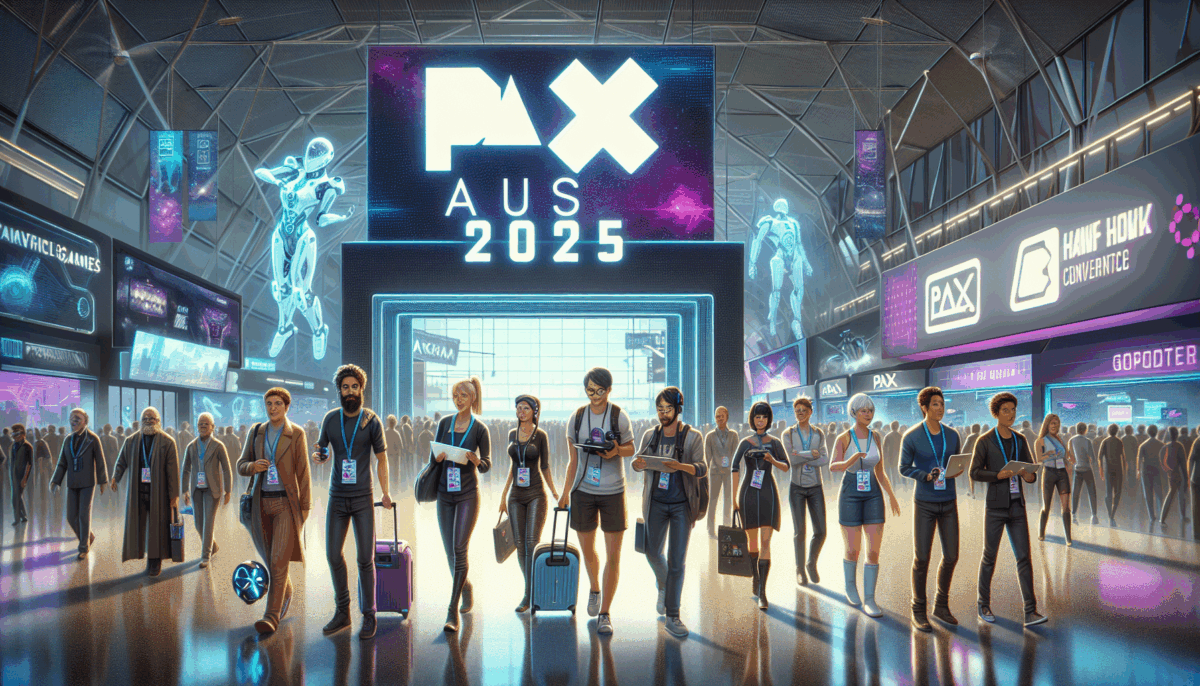Macquarie Bank’s Digital Head Poised to Transition to Westpac
We independently review everything we recommend. When you buy through our links, we may earn a commission which is paid directly to our Australia-based writers, editors, and support staff. Thank you for your support!
Brief Overview
- Luis Uguina, the digital head at Macquarie Bank, will transition to Westpac in January as the general manager overseeing digital, data, and AI for consumer banking.
- This transition occurs as Macquarie allocates digital tasks to Ashwin Sinha, who is now the chief officer for data, digital, and AI.
- Westpac is working to strengthen its digital-first approach, concentrating on client expectations and interactions driven by data.
- Until Uguina arrives, Emma Prentice will manage Westpac’s digital, data, and AI operations.
Uguina’s Move to Westpac
Starting in January, Luis Uguina, who has held the position of chief digital officer at Macquarie Bank for almost ten years, will become the general manager of digital, data, and AI for consumer banking at Westpac. In his new role, he will report to Andrew McMullan, Westpac’s chief digital and AI officer.

Macquarie’s Strategic Transition
In light of Uguina’s exit, Macquarie has broadened Ashwin Sinha’s responsibilities, now in charge as the chief data, digital, and AI officer. This new designation is intended to further intertwine data and AI within the bank’s digital services, boosting personalisation and responsiveness to customer needs.
According to Greg Ward, the head of banking and financial services at Macquarie Group, fusing data and AI is evolving previously static digital interfaces into dynamic, intelligent services that adapt to client requirements.
Westpac’s Digital-First Agenda
Carolyn McCann, Westpac’s consumer CEO, highlighted the necessity of embedding a digital-first strategy to surpass customer expectations. The aim is to transition basic sales and service interactions online, allowing bankers to engage in more significant, data-oriented discussions.
Until Uguina takes on his new role, Emma Prentice will lend support to Westpac’s digital, data, and AI initiatives.
Conclusion
The shift of Luis Uguina from Macquarie Bank to Westpac signifies an important change in leadership within the digital banking sphere. Both banks are strategically aligning to harness data and AI to enrich customer experiences and improve operational efficiency. Uguina’s knowledge is expected to aid Westpac’s digital transformation ambitions, aligning with its aim to promote a digital-first strategy.





















